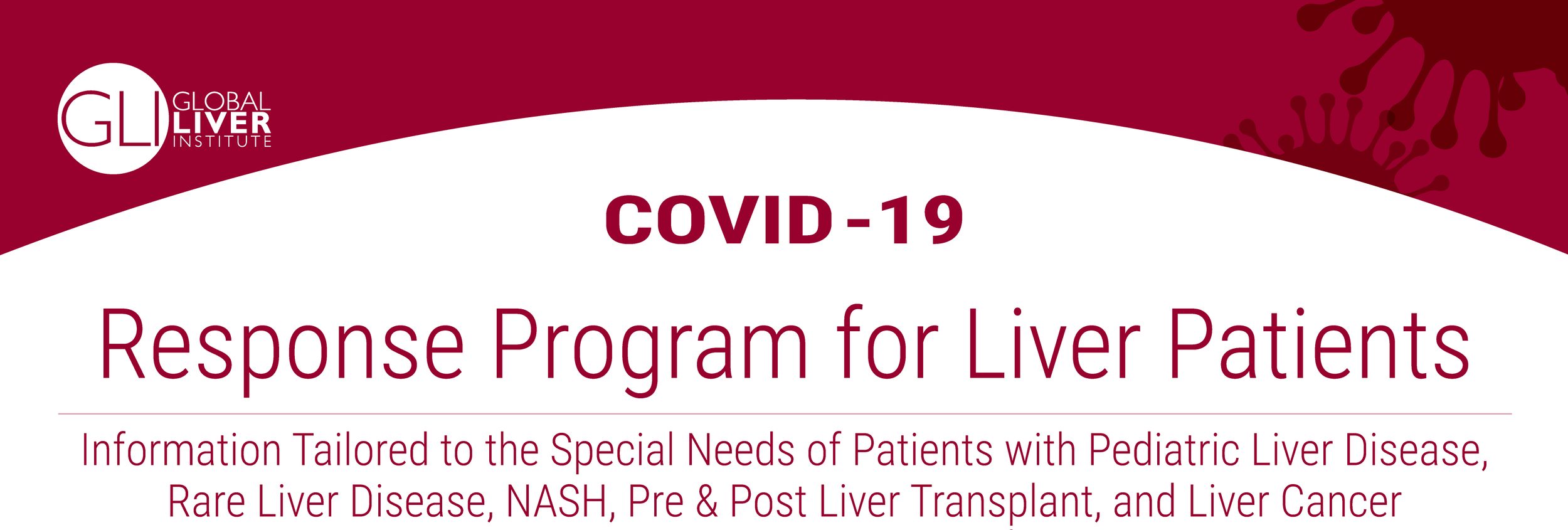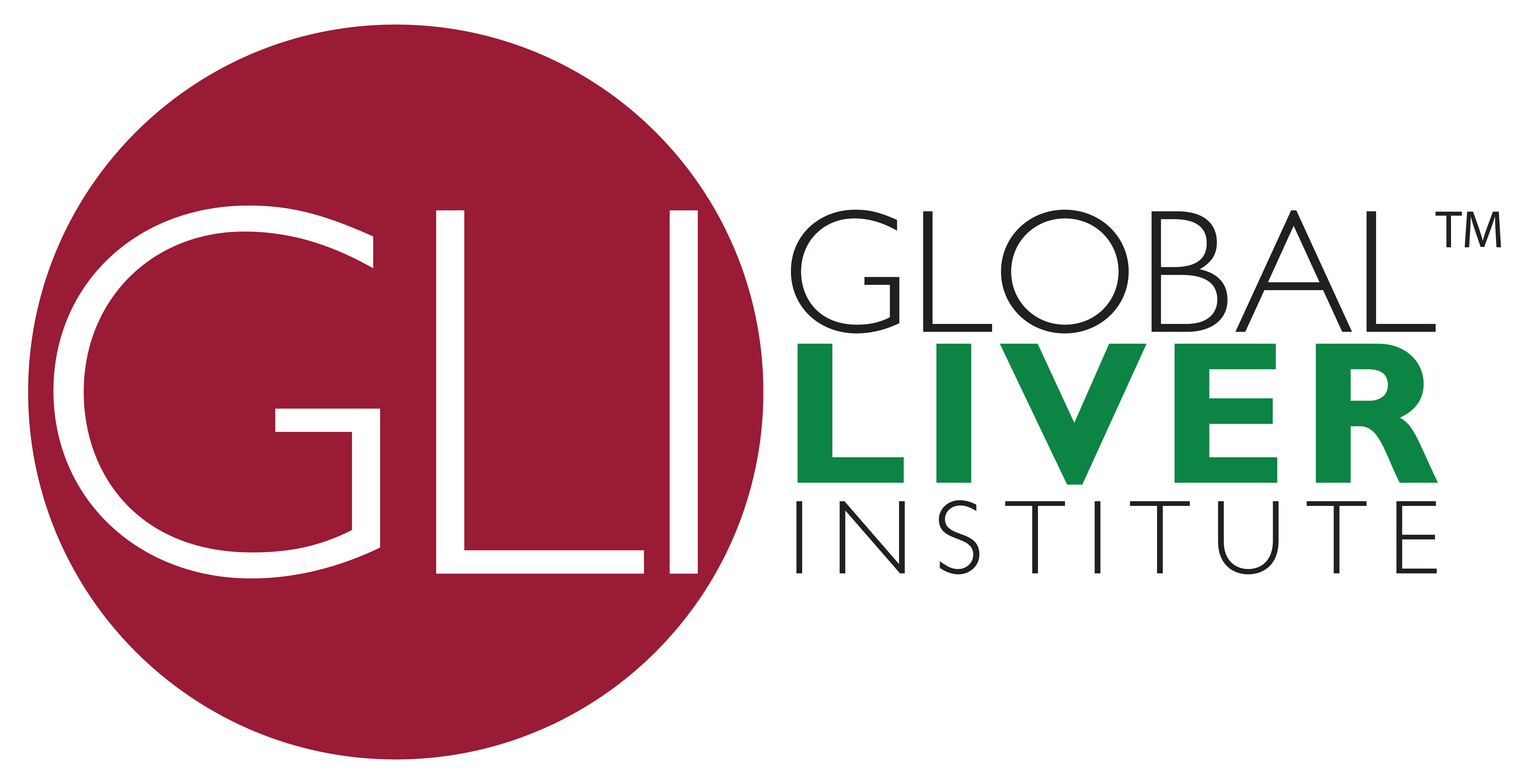
Here at GLI, we understand the vital role that caregivers/carepartners play in the lives of liver patients. Caregivers are more important than ever during the COVID-19 pandemic, but it has brought new challenges when navigating the medical system. This GLI update, and our recent GLI LIVE episode on “Caregiving During COVID” with Dr. Donnica Moore, explores the changes and challenges in caregiving during COVID-19 and outlines recommendations for medical systems.
For anyone who has had to visit a medical center since the beginning of COVID-19, you have likely noticed drastic differences in hospital policies, particularly those limiting visitors. In trying to limit the risk of patients, visitors, and medical staff, hospitals across the country have placed major restrictions on visitors. While there are increasing policy exceptions for end-of-life patients, labor and delivery, and pediatric patients, that exception was often revoked if a COVID-19 case was involved. Those exceptions also failed to account for the endless other scenarios where a patient requires a caregiver to stay with them to assist in navigating the complex medical system and to advocate for them.
A vital distinction that many medical systems policies failed to recognize at the beginning of this pandemic was between visitor and caregiver. There is a recognizable benefit to keeping nonessential people out of a vulnerable environment for that person, the patient, other patients and hospital personnel, but the role of caregiver is essential and the default should not be to bar them from accompanying their patient throughout the hospital process. Thankfully, over the course of the pandemic, medical systems have begun to recognize that their visitor policies needed modifications to account for caregivers for reasons of patient safety and wellbeing, particularly in circumstances where nursing staffing is often diverted to COVID-19 wards or activities. Oftentimes, that was due to legal actions from family members, caregivers, and the federal government’s Office of Civil Rights. They have been suing hospitals for not allowing them to properly advocate for their patients or being present at end-of-life. This has helped push many of the visitor policy in changing to allow caregivers. Policies have been updated in numerous major hospital systems to allow for a visitor or caregiver to accompany patients in certain circumstances while they are receiving care, particularly for patients with disabilities. The overall messaging of visitor policies stayed consistent in keeping visitors to the bare minimum, but their recognition of the importance of caregivers is a necessary step in protecting patients. All hospitals have a system in place for having exemptions to the policies granted, but the process is not always clear.
A designated caregiver is vital to patients and it is necessary for them to be present when they are receiving care. They fill a variety of roles; everything from advocating for their needs and communicating them to their nurses and doctors to administering a doctor’s post-care instructions once they’ve left the hospital. Patients with disabilities, compromised cognitive abilities, or even patients who have recently woken from surgery, cannot properly ensure that their needs are being advocated for and met if they do not have a knowledgeable caregiver present. For example, a caregiver knows what is normal behavior in a patient and can alert medical staff to changes that could indicate a more serious problem, and avert falls.
GLI has a few caregiver recommendations for medical systems during the COVID-19 pandemic that we believe will be vital in protecting all patients and improving care outcomes.
- Clarify under the medical system’s current policies who qualifies as a caregiver and in what circumstances, and create a distinction between a caregiver and a visitor.
- Outline the process of how someone can be designated as a caregiver and allow it to be set up in advance. Doing so will help create a smoother process for the caregiver, patient, and medical staff.
- Clarify how someone can apply for an exemption to the current policies if there are extenuating circumstances that may require a caregiver present.
- Provide information to the caregiver about their role and access throughout the care process. This allows the caregiver to come to the hospital prepared and knowledgeable.
- Set up a system for the COVID-19 pre-screening of a designated caregiver, just like the patients receive for visits. This smooths the hospital admissions process and ensures that vulnerable patients have someone to escort them and assist with the clinician encounter so that it is optimized.
- Construct a staff-driven communications plan with supporting technologies for inpatients who have been denied a caregiver – that is not reliant on the patient to initiate. A caregiver should be given a plan that tells them when they will be contacted, who will be contacting them, and what type of information they will be given. For example, providing an outline of information that will be given after surgery, in recovery, in their room, at rounds, at nursing shift changes, and before discharge planning is finalized.
- On a national level, a series of guidelines should be created to help create a standard baseline of recommendations for ensuring the involvement of caregivers.
COVID-19 has forced medical systems, patients, and their caregivers to drastically shift how healthcare is received. Using what medical professionals have learned and the experiences and recommendations of caregivers to create a robust and streamlined system can improve the safety and care of patients.
From the Transplant Patient-in-Chief
I recognize that there are all types of caregiving, from parents with children at home, adult children with parents at risk across town or across the country, and people trying to provide care and support to a coronavirus-infected household member in another room. Balancing caring for my own health conditions with work and adding stepped up responsibilities as my husband had surgery was stressful and made more stressful by the hospital COVID-19 policies. As someone who has had multiple hospitalizations with several medical errors and just lapses in care and coordination during an in-patient stay, the thought of my beloved vulnerable from the procedure, the medications, staffing shortages, communications challenges, and the normal fragmented rhythms of hospital care without a bedside advocate honestly enraged me. No one who knows anything about the healthcare system goes alone. We managed, but in an unnecessarily haphazard way with questions and decisions we continue to sort out throughout the post-discharge period. No, I did not just drop my husband off in front of the hospital at 5:15am and hope that he could safely make his way up to the surgical intake. I co-opted a wheelchair and handed him off to an actual nurse. We can do a better job of managing the dueling concerns of COVID-19 risk mitigation and patient safety/outcomes maximization than the random patient-initiated FaceTime calls and series of rapid calls to redirect the discharge plan I was making from a hotel 5 mins away. I am pleased to say now that some of the recommendations I made to improve the “visitor’s” and communications policies have been adopted by the hospital in question. I smiled as the “add a visitor” feature appeared on the COVID-19 questionnaire check in app and was more than happy to affirm the testing and self-quarantine steps I had taken to be able to be a responsible partner in care to both my spouse and the institution. My husband and I continue to both heal from the experience and I am reinforced in my commitment to advocacy and making navigation to access both COVID and non-COVID care safely easier for all who need it.
Stay safe, well, and connected.
Sincerely,

Donna R. Cryer
Founder & CEO
Liver Transplant 1994 Johns Hopkins


